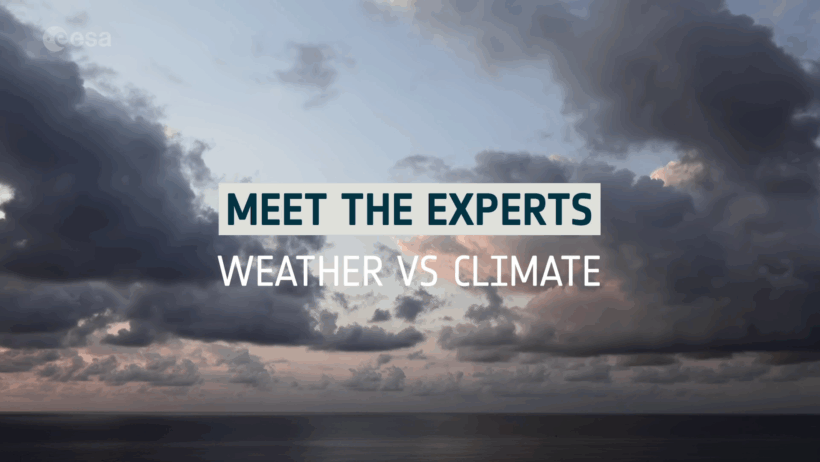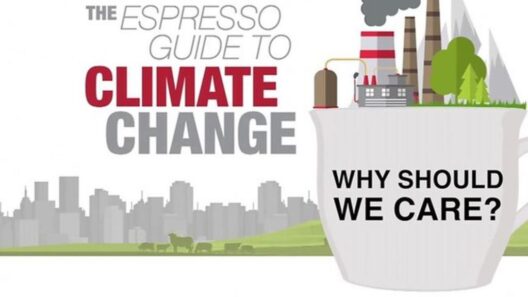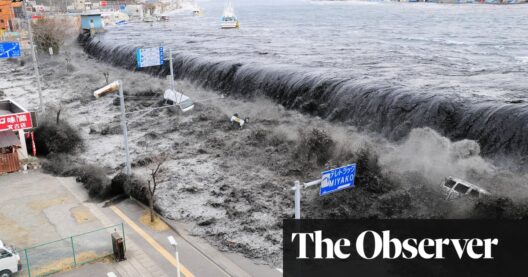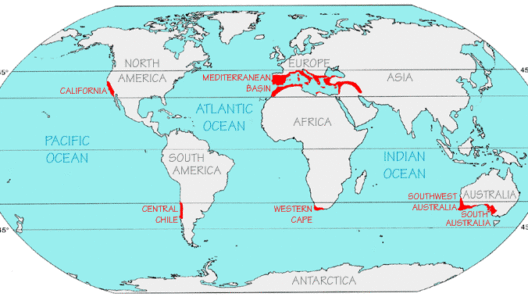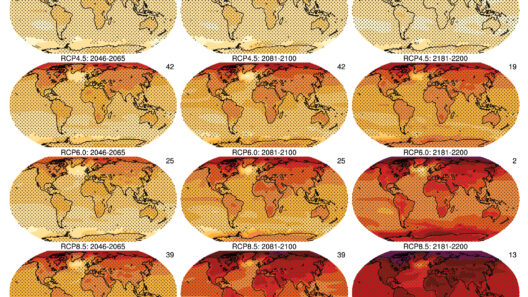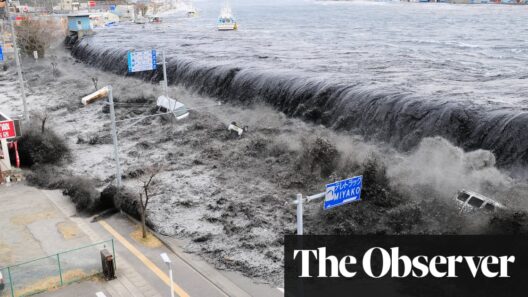What is the climate for today? This seemingly simple question hosts a labyrinth of intricacies that separates the ephemeral from the enduring. Weather and climate, while frequently used interchangeably in casual dialogue, represent two distinct phenomena that govern our daily lives and how we perceive our environment. Understanding the intricate relationship between the two is not merely an academic pursuit. It is a fundamental necessity for anyone keenly observing the planet’s changing conditions.
To navigate this topic, it is essential to delineate the terms weather and climate. Weather refers to the short-term atmospheric conditions in a specific locale, characterized by variables such as temperature, humidity, precipitation, and wind at a given time. Picture yourself stepping outside on a rainy day: the dark clouds looming above, the chill against your skin, and the puddles forming beneath your feet all speak to the immediate weather conditions influencing your moment in time.
On the other hand, climate encapsulates the long-term patterns and averages of weather observed over extended periods—typically 30 years or more—in a particular region. It not only embodies the statistical averages but also embodies the frequencies of various weather phenomena across seasons. For example, the Mediterranean climate is characterized by hot, dry summers and mild, wet winters, while a tropical rainforest climate boasts consistent high temperatures and significant rainfall year-round.
Now, consider this: if weather can be likened to a snapshot of our current atmospheric state, then climate can be understood as a comprehensive gallery of all those snapshots over decades. However, how do these gallery pieces—the climate—inform and impact our everyday actions and the choices we make regarding sustainability and environmental conservation?
Climate change introduces an unsettling dynamic into this equation. The stability that climates offer is now under threat from anthropogenic factors such as greenhouse gas emissions, deforestation, and industrial activities. These changes do not manifest overnight; they unfold gradually, yet the repercussions are resoundingly impactful. A poignant question emerges: how might our daily weather experiences be reflective of larger climate shifts? And more importantly, how can we use this knowledge to combat climate change?
Take, for instance, the unexpected severity of summer storms or the protracted droughts experienced in certain regions. These local weather events could be fleetingly attributed to natural variability. Nevertheless, when viewed through the lens of climate trends, they reveal much more profound messages about our planet’s health. Meteorological data shows an increasing frequency of extreme weather events correlating with the warming of the Earth’s atmosphere; storms become more violent and precipitation patterns increasingly erratic.
Global temperatures are rising, and this is not merely a projection for future generations; it is a palpable reality for us today. Each of us possesses the agency to act in our daily lives, thereby mitigating our carbon footprints. Behavioral shifts, such as utilizing public transport, advocating for renewable energy sources, and embracing sustainable agricultural practices, can collectively engender a significant slowdown in climate change.
A deeper understanding of climate also illuminates the rich tapestry of biodiversity. Climatic conditions dictate where particular species can thrive, their reproductive cycles, and their migratory behaviors. As climate zones shift, many species struggle to adapt, resulting in concerning rates of extinction and biodiversity loss. The interconnected web of life is now at risk, which raises another challenging question: how do we reassess our role within this ecosystem we so profoundly affect?
Education plays a quintessential role in fostering this awareness. Comprehensive climate education—including the distinction between weather and climate—empowers individuals to internalize the ongoing changes and appreciate the urgency of active involvement. Schools, community programs, and governmental initiatives should focus on disseminating accurate information about climate change and its implications for weather patterns. Simple yet effective curricula can aid in illustrating the tangible effects of climate change on local ecologies.
Moreover, innovative technologies can be leveraged in the fight against climate change. Advancements in climate modeling and forecasting provide deeper insights into forecasting weather patterns and projecting long-term climate scenarios. By harnessing data analytics and artificial intelligence, researchers can envision future possibilities and prepare measures to combat adverse effects. But this progress requires widespread support and collaboration among scientists, policymakers, and citizens alike.
To wrap up this discussion, the intricate dance between weather and climate is a reflection of a broader narrative about our planet. As you step outside each day, ask yourself: What does today’s weather tell me about our climate? Each droplet of rain, each gust of wind serves as a potential indicator of the broader environmental shifts underway. To remain passive is to relinquish our part in the solution.
Understanding the difference between weather and climate is fundamental to combating climate change. It is not merely an academic distinction, but a crucial insight that can motivate individuals to reflect on their contributions to our planet’s health. The call to action is clear: stay informed, remain curious, and harness the power and knowledge within yourself to advocate for meaningful change. Indeed, the climate awaits your response.



